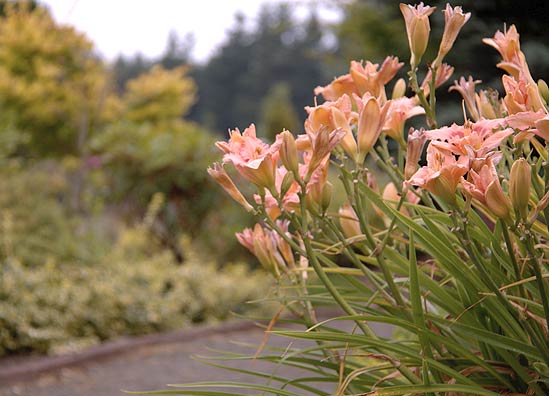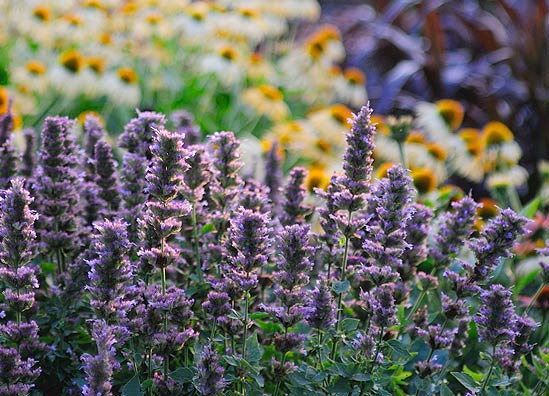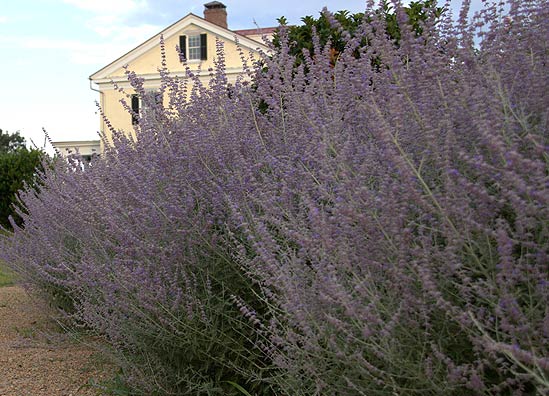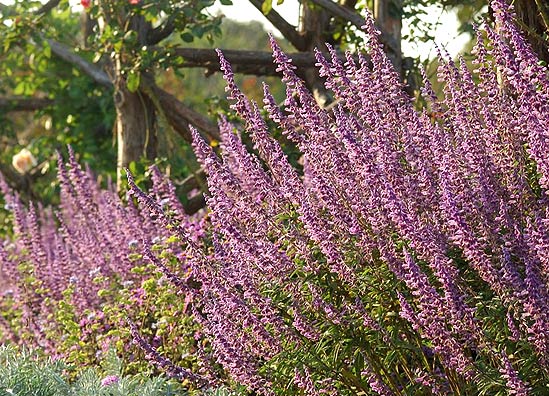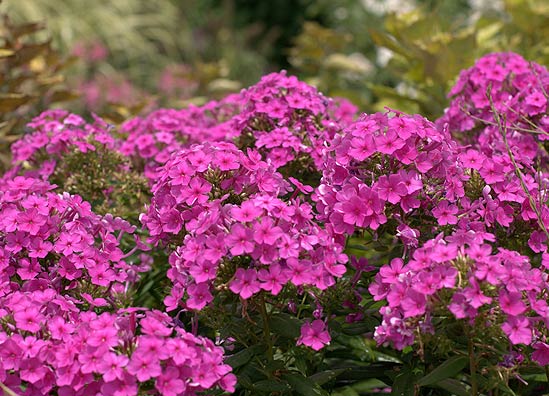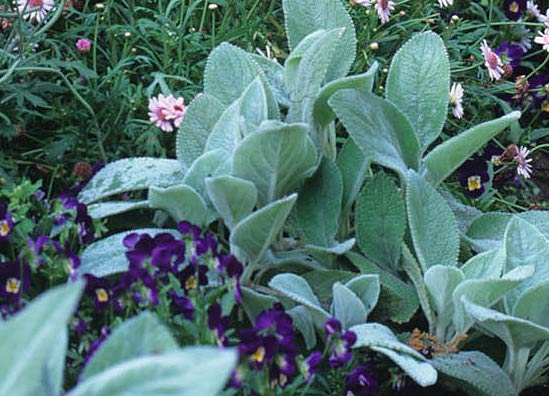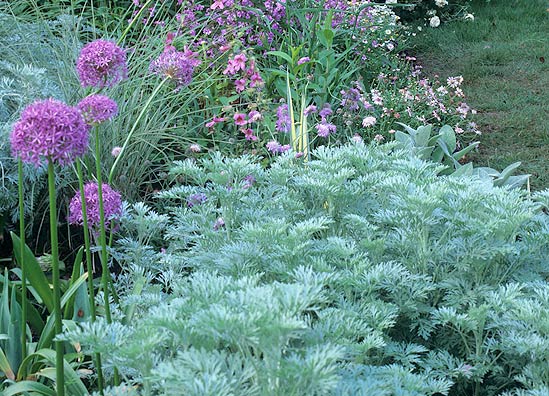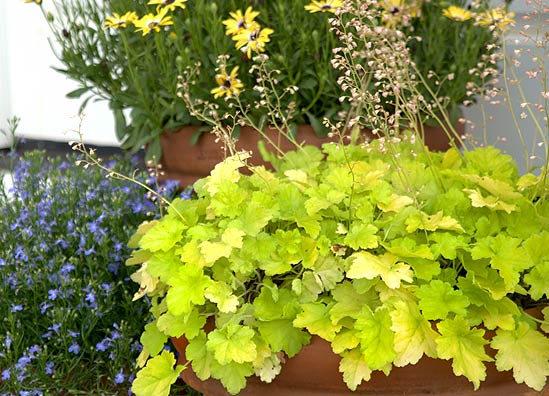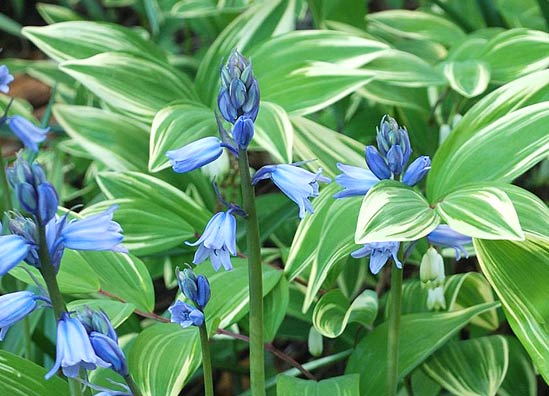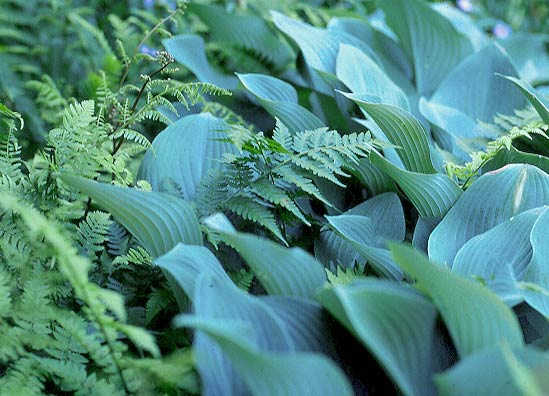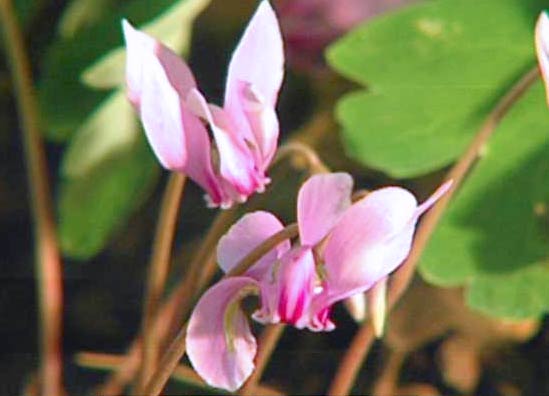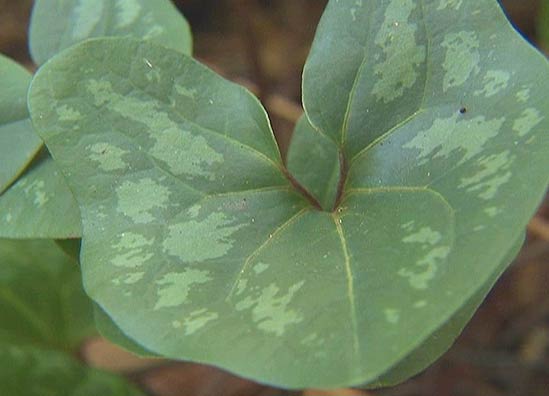Look at this crazy Lilly it is almost 6 ft tall! I have never had a Lilly get that tall before, it must have loved all the spring rain!
Monday, June 13, 2011
Thursday, June 9, 2011
Great Garden Advice from Thomas Jefferson
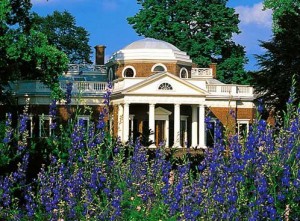 Thomas Jefferson, the third president of the United States, was the author of the Declaration of Independence and founded the University of Virginia. But he also was a highly knowledgeable gardener and farmer. At Monticello, he grew 330 varieties of vegetables, 170 fruit varieties and amazing flower gardens, such as these larkspurs (Consolida orientalis) growing in the west front of the property. Not surprisingly, this wise gardener practiced crop rotation in his garden too.
Thomas Jefferson, the third president of the United States, was the author of the Declaration of Independence and founded the University of Virginia. But he also was a highly knowledgeable gardener and farmer. At Monticello, he grew 330 varieties of vegetables, 170 fruit varieties and amazing flower gardens, such as these larkspurs (Consolida orientalis) growing in the west front of the property. Not surprisingly, this wise gardener practiced crop rotation in his garden too.Photo copyright © Thomas Jefferson Foundation, Inc.
Crop rotation is an old method of rotating the edible crops grown in a certain place, so the garden soil stays fertile and healthy. Basically, you want to avoid planting edibles from the same plant family in the same place in your garden, more than once every three years – sometimes longer.
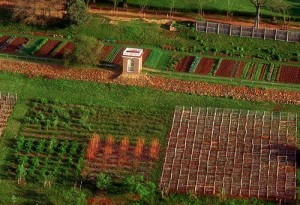
Aerial photo of mulberry row, vegetable garden and south orchard. Copyright Thomas Jefferson Foundation/Leonard Phillips.
Thomas Jefferson not only practiced crop rotation, but he also grew cover crops like clover and peas that added nitrogen and healthy organic matter to the soil. These living mulches suppressed weeds, and attracted beneficial insects as well.
As he explained in a letter dated 1798, “My rotation is triennial… one year of wheat and two of clover in the stronger fields, or two of peas in the weaker, with a crop of Indian corn and potatoes between every other rotation, that is to say once in seven years.”
Using this method, wrote Jefferson, “aided with some manure, I hope my fields will recover their fertility, which had … been completely exhausted by perpetual crops of Indian corn and wheat alternately.”
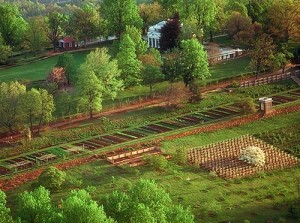
Monticello Mountain from South, main house, vegetable garden, south orchard. Copyright Thomas Jefferson Foundation.
Source of Thomas Jefferson quote – “Nature’s Bank – The Soil,” (National Wildlife Federation; 1953).
Monday, June 6, 2011
10 Must-Have Summer Perennials
by P. Allen Smith
SUN
Daylily (Hemerocallis sp.)
I'm excited that I now have developed 2 new varieties this year out of my daylily breeding program. I can't get enough of this old reliable favorite.Hyssop Color Spires® Steel Blue (Agastache)
I love this plant. It has been a tremendous performer in my garden. No staking needed. After the flowers fade I cut back the old bloom stalks and it keeps on trucking.Russian Sage (Perovskia atriplicifolia)
The wide drift at the farm is spectacular from mid May to late June. After the bloom I cut 25% off the top and it will flower again late August through September.Mexican Sage 'Santa Barbara' (Salvia leucantha)
This plant is a mainstay in the late summer garden. It always gets comments from our visitors.Summer Phlox (Phlox paniculata)
We trialed this variety Flame™ Purple last summer. It proved to be an excellent re-bloomer right through the intense heat we experienced in July and August.Lamb's Ear 'Helen von Stein' (Stachy byzantine)
'Helen von Stein' has grown in the garden at the Garden Home Retreat for the last 5 years. Love the giant leaves and fuzzy texture.Artemisia 'Powis Castle'
The frilly foliage looks great with Supertunia® Royal Velvet and Superbena® Royal Chambray Verbena.Coral Bells (Heuchera sp.)
Heucheras are beautiful as singular sensations in containers. Plant 1 variety per pot. Many of the newer heucheras like Dolce® Key Lime Pie can take a half day of sun.SHADE
Variegated Solomon's Seal (Polygonatum odoratum 'Variegatum')
The arching stems are a graceful addition to a shade border. Looks great poking up through hosta and ferns. Here I've combined it with Spanish bluebells (Hyacinthoides hispanica).Hosta
Hosta are such a versatile plant. I use them in containers on my screened porch.Hardy Cyclamen (Cyclamen hederifolium)
Subtle yet inspiring. I so enjoy seeing their pink blooms in autumn when the leaves begin to fall from the trees.Chinese Ginger (Asarum splendens a.k.a. Hexastylis splendens)
This is a great low growing plant for shade. So easy and beautiful - I love foliage plants and this is a good one.
Subscribe to:
Posts (Atom)


